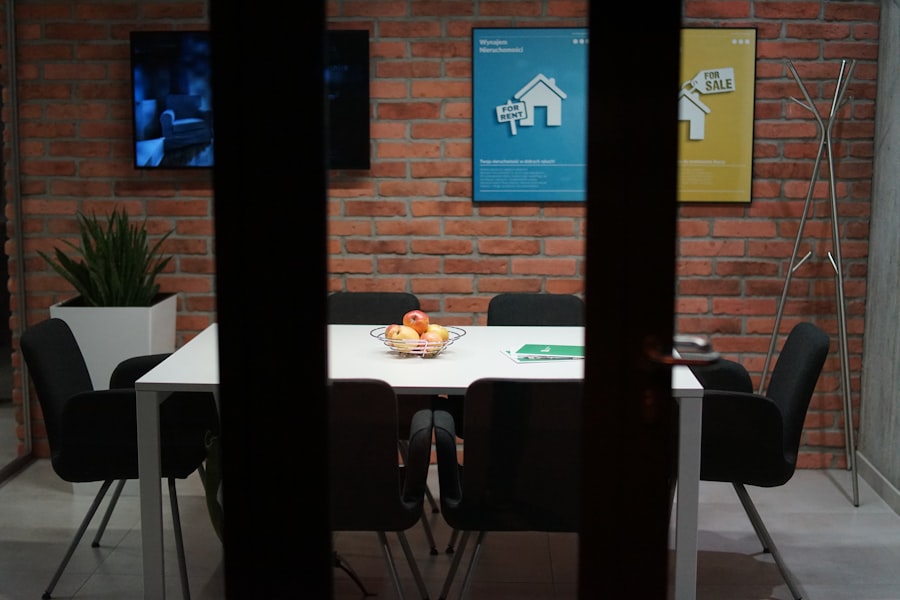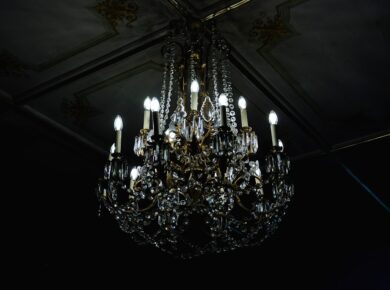Glass block has long been celebrated for its unique ability to blend functionality with aesthetic appeal. Originating in the early 20th century, glass blocks were initially embraced for their innovative design and practical applications in architecture. Their translucent nature allows natural light to permeate spaces while maintaining privacy, making them an ideal choice for various settings, from residential homes to commercial buildings.
The allure of glass block lies not only in its visual characteristics but also in its versatility; it can be used in a myriad of ways, from walls and windows to decorative accents. The architectural significance of glass block cannot be overstated. It has been utilized in iconic structures, such as the famous Glass House by Philip Johnson, which showcases the seamless integration of indoor and outdoor spaces.
This material has evolved over the decades, adapting to contemporary design trends while retaining its classic charm. The interplay of light and shadow created by glass blocks adds depth and dimension to any environment, making them a favored choice among architects and designers. Their ability to reflect and refract light creates a dynamic atmosphere that changes throughout the day, enhancing the overall ambiance of a space.
Choosing the Right Glass Block for Your Space
Selecting the appropriate glass block for your project involves considering several factors, including size, thickness, color, and texture. Glass blocks come in various dimensions, typically ranging from 4×8 inches to 12×12 inches, allowing for flexibility in design. Thicker blocks provide enhanced insulation and soundproofing, making them suitable for areas where privacy is paramount, such as bathrooms or bedrooms.
Conversely, thinner blocks may be more appropriate for decorative applications or spaces where weight is a concern. Color and texture also play a crucial role in the selection process. Clear glass blocks offer a classic look that maximizes light transmission, while frosted or patterned options can add visual interest and diffuse light more effectively.
For instance, a wavy or ribbed texture can create a stunning visual effect while still allowing light to filter through. Additionally, colored glass blocks can introduce a vibrant element to your design, enabling you to create focal points or accent walls that reflect your personal style. When choosing glass blocks, it’s essential to consider how they will harmonize with existing elements in your space, such as flooring, cabinetry, and furnishings.
Creative Ways to Use Glass Block in Your Home

The versatility of glass block opens up a world of creative possibilities for homeowners looking to enhance their living spaces. One popular application is the use of glass block as a partition wall. This approach allows for the division of rooms without sacrificing natural light, making it an excellent choice for open-concept layouts.
For example, a glass block wall can separate a dining area from a living room while still maintaining an airy feel. This technique not only enhances privacy but also adds an artistic touch to the overall design. Another innovative use of glass block is in the construction of shower enclosures.
The inherent water resistance of glass blocks makes them an ideal material for wet areas, providing both functionality and style. A glass block shower wall can create a spa-like atmosphere in a bathroom while ensuring that water remains contained within the designated area. Additionally, incorporating lighting elements within or behind the glass blocks can create a stunning visual effect, transforming an ordinary shower into a luxurious retreat.
Beyond these applications, glass blocks can also be used as decorative elements in furniture design, such as coffee tables or room dividers, further showcasing their adaptability.
The Benefits of Using Hardy Glass Block
| Benefits | Description |
|---|---|
| Enhanced Security | Hardy glass blocks provide a strong and secure barrier, making it difficult for intruders to break through. |
| Natural Light | Allows natural light to pass through, brightening up interior spaces and reducing the need for artificial lighting. |
| Privacy | Offers privacy while still allowing light to filter through, making it ideal for bathrooms and other private areas. |
| Energy Efficiency | Provides insulation and reduces heat loss, helping to lower energy costs. |
| Low Maintenance | Requires minimal maintenance and is easy to clean, making it a durable and long-lasting option. |
Hardy glass block offers several advantages that make it an appealing choice for both residential and commercial applications. One of the most significant benefits is its durability. Unlike traditional glass, which can be prone to shattering or cracking under impact, hardy glass blocks are designed to withstand considerable force without compromising their integrity.
This resilience makes them suitable for high-traffic areas or environments where safety is a concern. In addition to their strength, hardy glass blocks provide excellent thermal insulation properties. They help regulate indoor temperatures by minimizing heat transfer between the interior and exterior of a building.
This energy efficiency can lead to reduced heating and cooling costs over time, making hardy glass blocks an environmentally friendly option as well. Furthermore, their resistance to moisture and mold growth makes them ideal for use in bathrooms and kitchens, where humidity levels can fluctuate significantly. By choosing hardy glass blocks, homeowners can enjoy peace of mind knowing that they are investing in a long-lasting and low-maintenance solution.
Installation Tips for Hardy Glass Block
Installing hardy glass block requires careful planning and execution to ensure a successful outcome. One of the first steps is to prepare the installation area by ensuring that the surface is clean, level, and structurally sound. It’s essential to use a suitable mortar mix designed specifically for glass block installation; this will provide the necessary adhesion and support for the blocks.
Additionally, using spacers during installation can help maintain consistent grout lines and ensure proper alignment. When laying the blocks, it’s crucial to start from the bottom and work your way up, applying mortar between each block as you go. This method not only provides stability but also allows for adjustments if necessary.
It’s advisable to check for levelness frequently during installation to avoid any misalignment that could compromise the overall appearance of the finished product. Once all blocks are in place, allow the mortar to cure fully before applying grout between the joints. This final step enhances the aesthetic appeal while providing additional structural support.
Maintenance and Care for Hardy Glass Block

Cleaning the Glass
Regular cleaning is essential to prevent dirt and grime buildup that can obscure the beauty of the glass. A simple solution of warm water mixed with mild dish soap is often sufficient for routine cleaning; using a soft cloth or sponge will help avoid scratching the surface.
Tackling Tougher Stains
For tougher stains or mineral deposits, a mixture of vinegar and water can be effective without damaging the glass.
Inspecting and Maintaining Grout Lines
In addition to regular cleaning, it’s important to inspect the grout lines periodically for signs of wear or damage. Over time, grout may crack or become discolored due to exposure to moisture or cleaning products. If any issues are detected, it’s advisable to address them promptly by re-grouting or sealing as necessary to maintain both the appearance and integrity of the installation. By following these maintenance tips, homeowners can ensure that their hardy glass block installations remain beautiful and functional for years to come.















